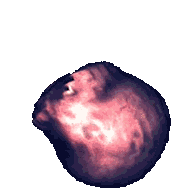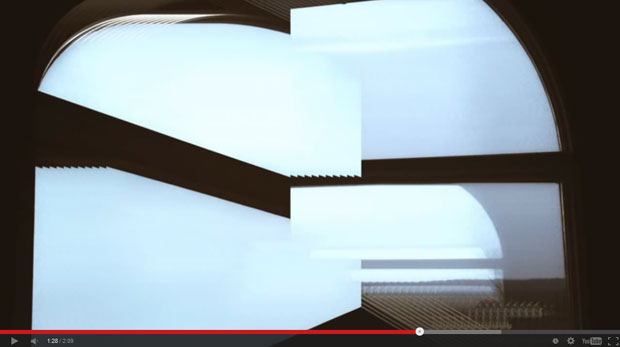Tom Moody: ADDAC Systems damn your temperamental wav player and its proper wav order and naming syntax all to hell (much as i like this module)
Zachary Michels: I've written a Matlab script that converts WAV's and file names to put on an SD card. Let me know if you want it...
Tom Moody: Thanks - saving & naming wavs "by hand" makes me think about them more - was commenting mainly on the ADDAC player's quirks
Zachary Michels: I hear ya. I've also enjoyed surprises that come from being able to quickly and mindlessly populate an SD card with new WAV's. :)
Tom Moody: "Surprises from being able to quickly and mindlessly populate an SD card with new wavs" OK sold -- now i need to learn Matlab


